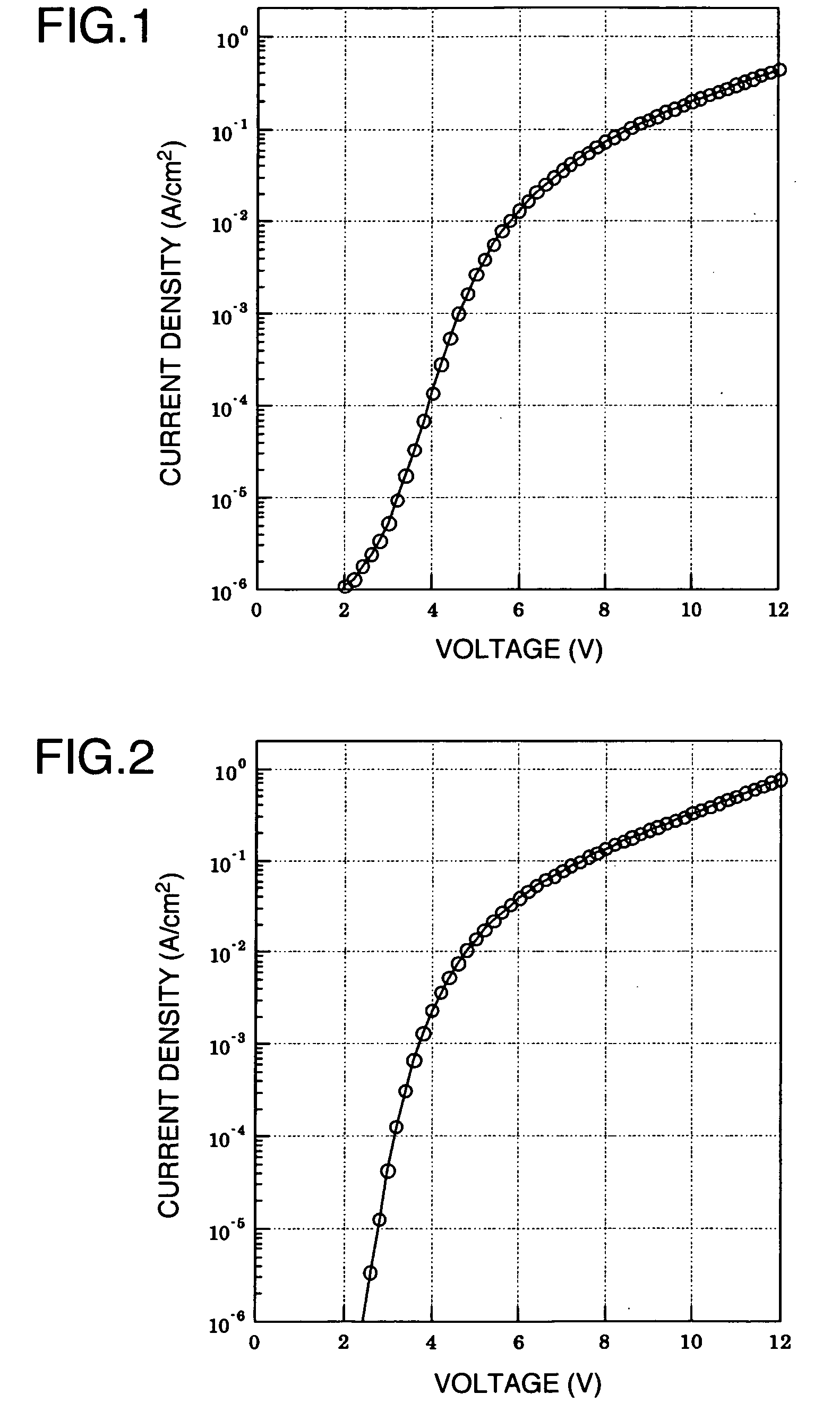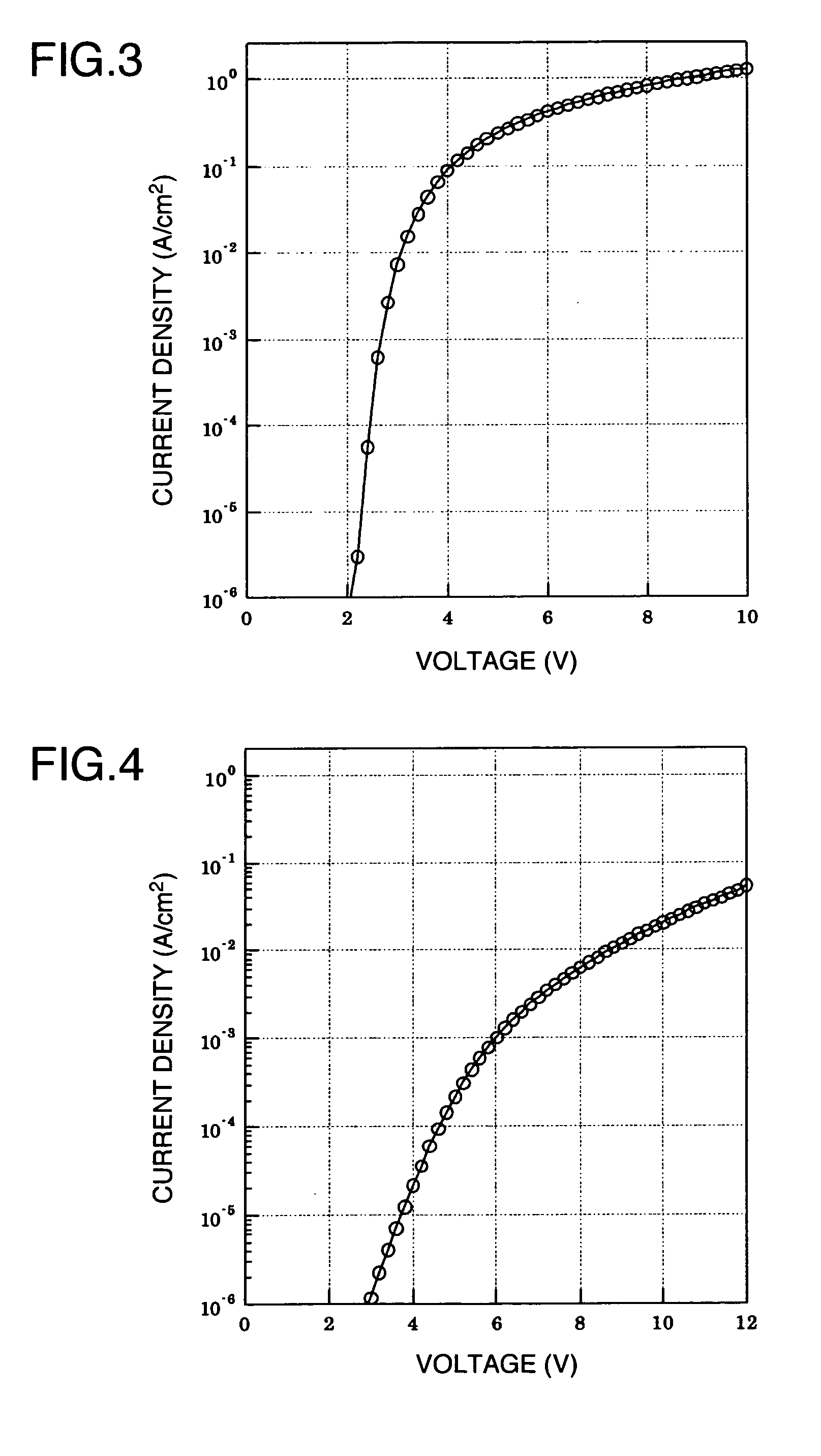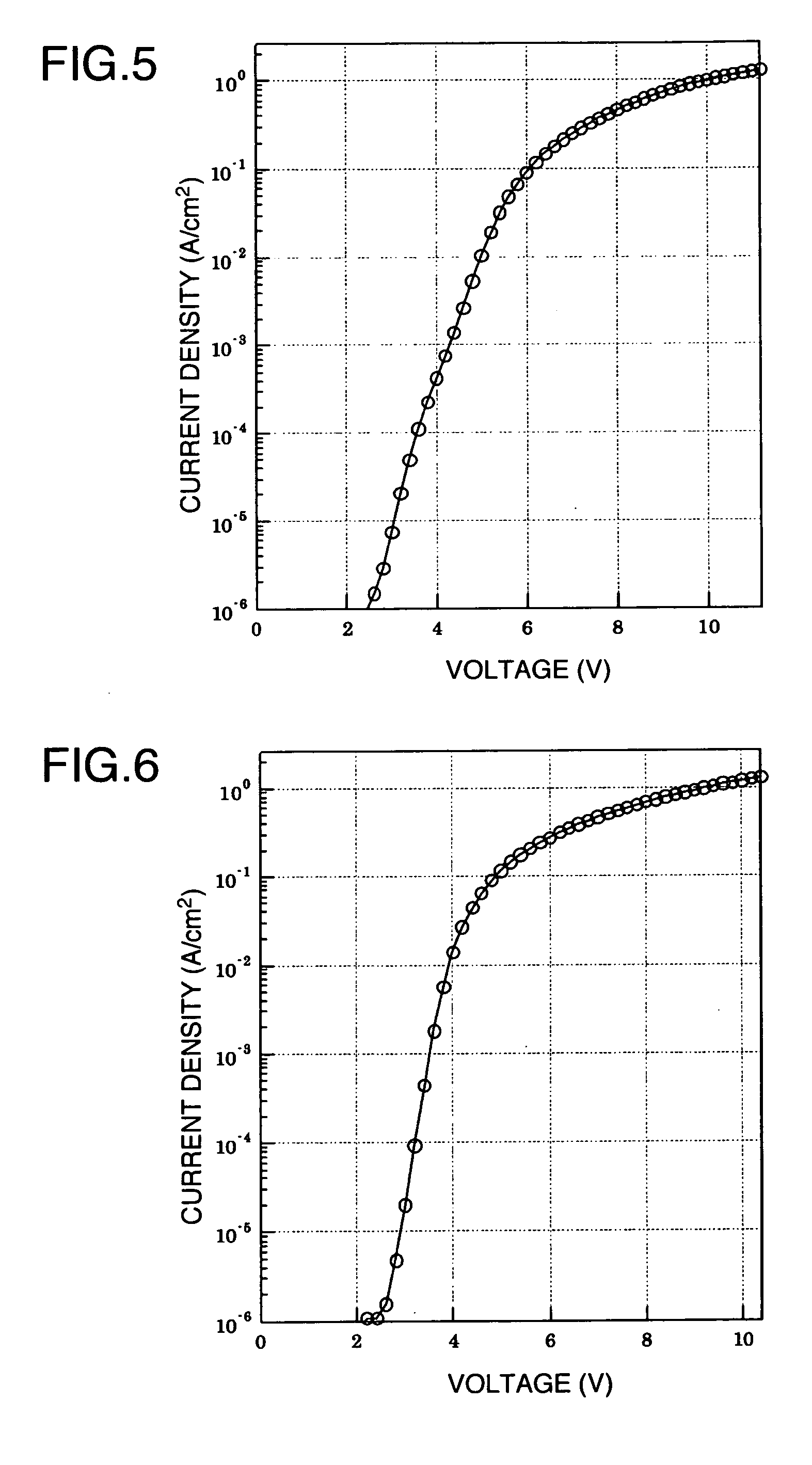Aromatic Graft Polymer
a polymer and graft technology, applied in the field of new materials, can solve problems such as affecting solubility, and achieve the effects of high functionalization, and improving charge injection/transporting properties
- Summary
- Abstract
- Description
- Claims
- Application Information
AI Technical Summary
Benefits of technology
Problems solved by technology
Method used
Image
Examples
synthesis example 1
Synthesis of Polymer 1
Condensation polymerization of 2,7-dibromo-9,9-di-n-octylfluorene and 2,7-dibromo-9,9-bis(3-methylbutyl)fluorene
[0303]
[0304]26.3 g of 2,7-dibromo-9,9-di-n-octylfluorene (48.0 mmol), 5.6 g of 2,7-dibromo-9,9-bis(3-methylbutyl)fluorene (12.0 mmol) and 22 g of 2,2′-bipyridyl (14.1 mmol) were dissolved in 1,600 mL of anhydrous tetrahydrofuran. Nitrogen was then bubbled therein to purge the system with nitrogen. Under a nitrogen atmosphere, the solution was charged with bis(1,5-cyclooctadiene)nickel(0){Ni(COD)2} (40.66 g (147.8 mmol)). The temperature was increased to 60° C., and the solution was reacted for 8 hours while stirring. After the reaction, the reaction solution was cooled to room temperature (about 25° C.). The solution was then added dropwise to a mixed solution of 1,200 mL of 25% ammonia water, 1,200 mL of methanol and 1,200 mL of deionized water, and the resultant solution was stirred for 0.5 hours. The formed precipitate was then filtered off and dri...
synthesis example 2
Synthesis of Polymer 2
Bromination of Polymer 1
[0305]
[0306]Under an argon gas atmosphere, polymer 1 (500 mg, 1.345 mmol in terms of fluorene repeating units) and 25 mL of chloroform were charged into a 50 mL flask, and the resultant solution was dissolved by stirring at room temperature. The solution was then successively charged with 2.07 mL of trifluoroacetic acid and 29.0 μL of bromine (0.57 mmol, 42 mole % of the benzofluorene units) and stirred for 16 hours under light-shielding. The reaction mass was added dropwise to 500 mL of methanol under stirring to cause a precipitate to form.
[0307]The obtained precipitate was filtered off, washed with methanol and dried under reduced pressure to obtain 526 mg of a polymer. The obtained polymer shall be referred to as “polymer 2”. Polymer 2 had, in terms of polystyrene, a number average molecular weight of Mn=8.4×104, weight average molecular weight of Mw=1.8×105, peak top molecular weight of Mp=1.5×105 and degree of dispersion of Mw / Mn=2...
example 1
Synthesis of Aromatic Graft Polymer 1
[0320]Polymer 2 (300 mg, 0.742 mmol in terms of fluorene repeating units), compound M-3 (271 mg, 0.384 mmol), palladium(II) acetate (2.9 mg, 0.013 mmol) and tricyclohexylphosphine (7.07 mg, 0.025 mmol) were charged into a 200 mL flask. After the flask was purged with argon gas, 75 mL of commercially-available anhydrous toluene was charged into the flask, and the resultant solution was dissolved by stirring at room temperature. The temperature was increased to 110° C., and then the solution was charged with aqueous tetraethylammonium hydroxide (1.4 mol / L, 1.13 mL, 1.59 mmol). The solution was then stirred for 2.5 hours at 110° C. After cooling to room temperature, the solution was washed by charging with 60 mL of distilled water. The organic layer was concentrated and then dissolved in chloroform. This mixture was added dropwise to acetone to cause a precipitate to form. The obtained precipitate was filtered off, washed with acetone and then dried...
PUM
| Property | Measurement | Unit |
|---|---|---|
| length | aaaaa | aaaaa |
| charge transporting property | aaaaa | aaaaa |
| photoluminescence | aaaaa | aaaaa |
Abstract
Description
Claims
Application Information
 Login to View More
Login to View More - R&D
- Intellectual Property
- Life Sciences
- Materials
- Tech Scout
- Unparalleled Data Quality
- Higher Quality Content
- 60% Fewer Hallucinations
Browse by: Latest US Patents, China's latest patents, Technical Efficacy Thesaurus, Application Domain, Technology Topic, Popular Technical Reports.
© 2025 PatSnap. All rights reserved.Legal|Privacy policy|Modern Slavery Act Transparency Statement|Sitemap|About US| Contact US: help@patsnap.com



